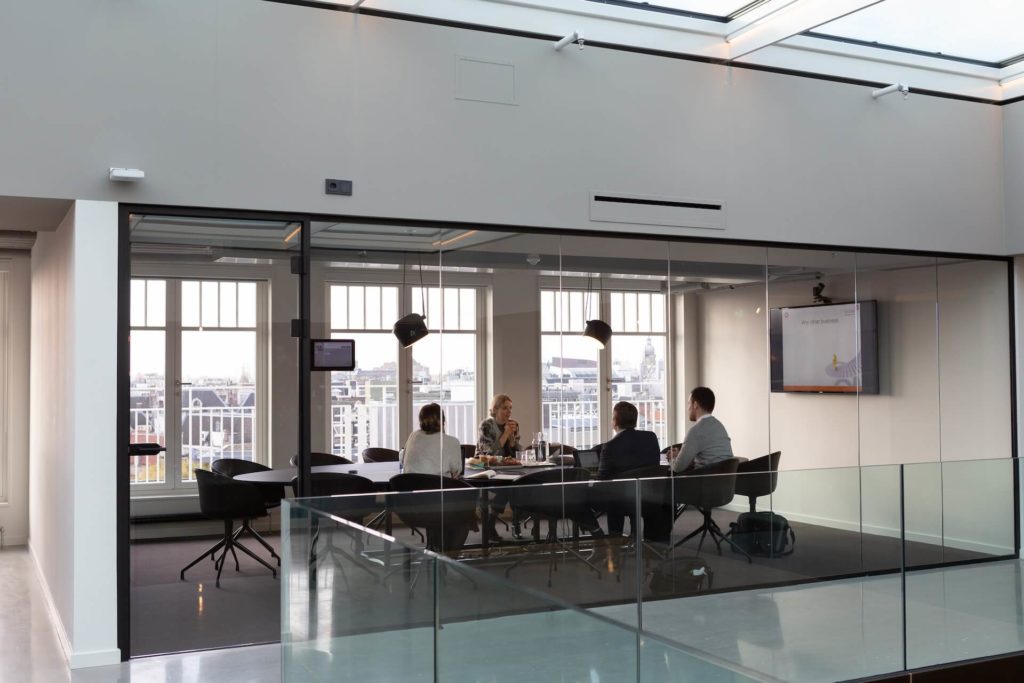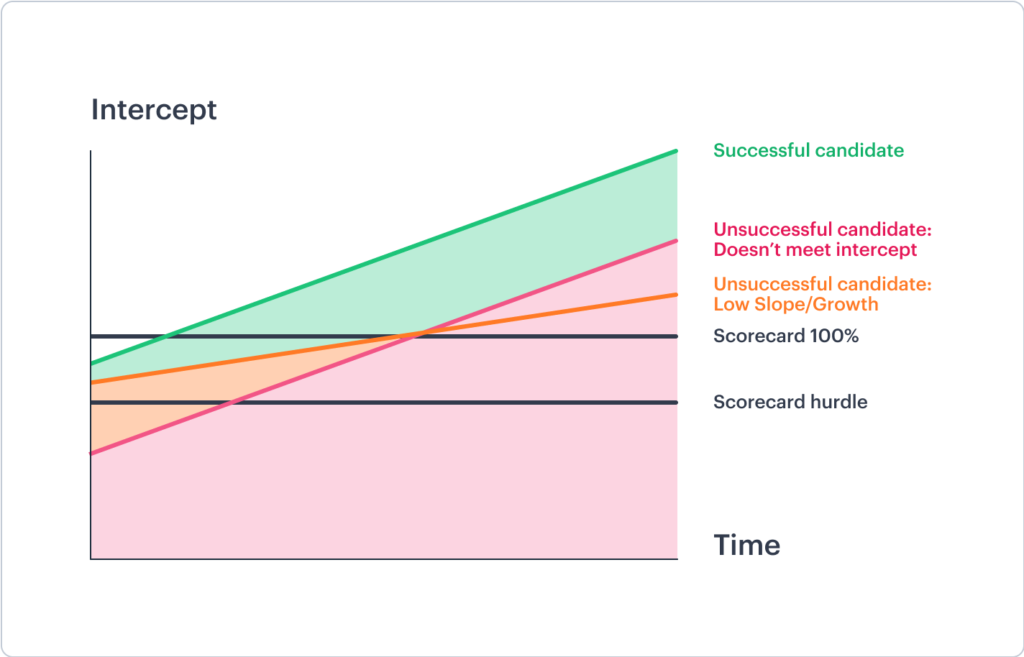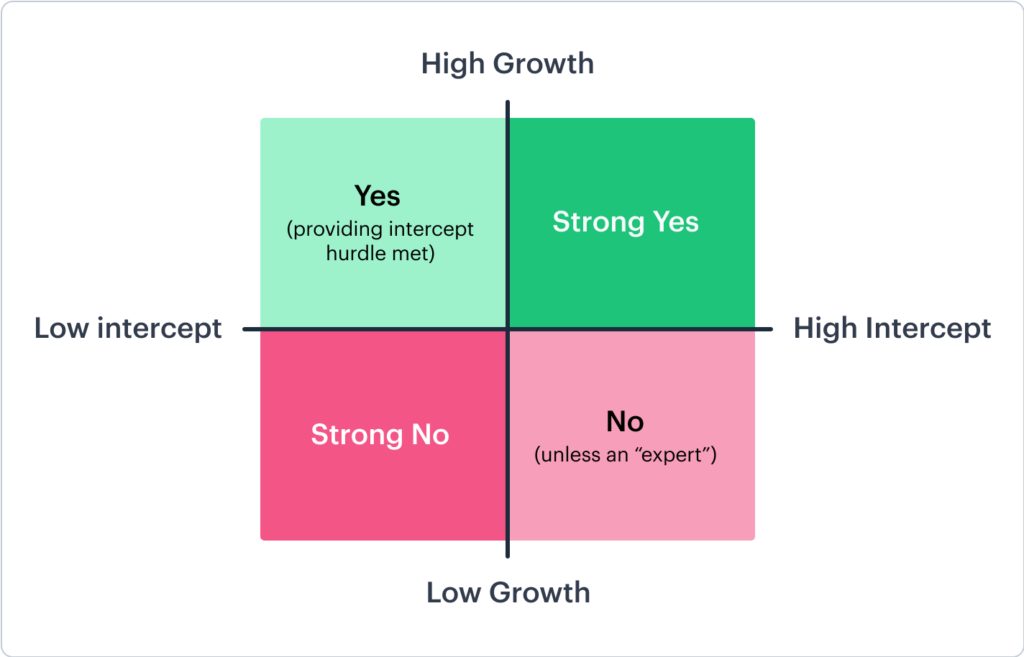Existing recruitment processes, headhunting services and job portals are very complex and unique. With global talent pools readily available and many candidates ready to relocate or work remotely, hiring the best talent has never been easier. However, things can go wrong. The emotional and financial cost to the company of making the wrong hiring decision can be significant.
But what is a "bad assumption"? Generally, this is someone who does not have the appropriate skills or whose position does not match the values of the company. There are dozens of nuances in these parameters. They may be qualified candidates with exceptional technical skills, but whose soft skills are underdeveloped. Or they are fully aligned with the company's mission, but lack the autonomy to get there.
What are the effects of hiring the wrong employee on your business?
1. Financial burden and costs
When a manager comes to the painful conclusion that they hired the wrong person, the negative impact of the decision can be profound and impactful. The cost of hiring an invalid varies according to national labor laws and the type of work.
According to the US Department of Labor, the average cost of a bad hiring decision is at least 30% of an individual's first year's earnings. Jurgen Sandberg, employer branding expert, author of The Secret Recruiter, estimates that hiring a bad employee costs $240,000. This situation happens more often than you think. The Executive Office concluded that 46% of new hires within the first 18 months were inappropriate, and that 89% of these cases were based on the employee's perception that they did not fit the company's culture and were not popular not be considered. Lack of technical knowledge. skills.
2. Impact on reputation
Social media gives everyone access to any activity. Job portals and communities like Glassdoor, Kununu, and CareerBuilder allow past and present employees to voice their opinions about the company. They can define interview procedures, evaluate company culture and leadership teams, and provide ideas on how to stand out when a job opening comes up.
However, this criticism can sometimes be one-sided. For example, they may not give you the full picture of why the interview or hiring didn't go as planned. This could end up reducing the experience to just one star in their opinion, damaging the company's reputation as a fair and honest workplace, as well as its chances of attracting the best future talent.
3. Effect on employee morale
The loss of a key team member (or any member) can have a significant impact on the safety and morale of the remaining members.
Employees in the role they want to do can take on more of the workload during the time it takes to hire and equip a new person. Not to mention the added stress if the new employee shows poor performance and the job is not relieved. Add to that the long process of finding a replacement and you can understand why hiring the wrong employee can have a negative impact on balance and productivity at work.

How to avoid the cost of hiring the wrong employee
Most managers can quickly detect poor hiring through their own observation or by contacting a team member. The most difficult thing is to understand why this happened. How did the wrong candidate pass the talent acquisition pipeline? And what do you do to get rid of it? To answer this question, we sat down with TravelPerk COO Huw Slater to dig deeper into creating the right strategy to ensure we hire the right people . That's what he said.
Huw Slater, Operations Manager at Travel Perk, 4 tips for hiring the right people
At TravelPerk we have a unique work culture. The foundation of our business is a strong community in which each member shares a vision to create exceptional experiences and services for our customers. We work effectively together to achieve this goal.
The creation of our community is not accidental, but rather a systematic and human-centered approach thanks to the recruitment and integration of our partners. Our HR managers do a great job of playing the role of "Cupid" and strategically finding the right talent as the business grows. It's not just about "chemistry", although that helps! We follow some basic rules and procedures to avoid the emotional and financial cost of hiring the wrong person. Here's how to apply the same technique to find the right solution and reduce employee turnover:
1. Make sure the job description is accurate and up to date
Writing an accurate and attractive job description is the basis for finding the right candidate. Develop your core competencies and identify the key responsibilities and skills the new employee should have.
- Set the bar high, but keep your expectations reasonable
- Identify non-negotiable skills (and test them during the interview stage)
- Job seekers are often frustrated if they don't keep up with everything, so keep the good things simple.
- Be clear about special circumstances that may cause disagreement, such as travel requirements and remote work
- Keep your job descriptions neutral and make sure your language is as comprehensive as possible. Certain words are more likely to attract or frighten certain demographics, so always be aware and critical of the language you use.
2. Try to make sure the candidate believes in your vision and fits your culture
When it comes to hiring the right person for your team, making sure you believe in your vision is key. If they don't believe in 'why', no matter how good you are, they will struggle from day one and may change their mind within a few months. Hiring managers and everyone involved in the hiring process (from interviewing to evaluating real estate) need to make sure this person is willing to do what will help your company win.
The company's hiring culture is to determine whether a candidate is compatible with the company's values and ways of working. The environment you work in should bring out the best - and it's unreasonable to expect the candidate and your culture to be a perfect fit. It is the same when looking at values. Either the filter matches your values or it doesn't. It is very simple. If you have trouble understanding this with the candidate, consider changing the situation.
Ask yourself: Were there any red flags that this person acted in ways that were inconsistent with your values? Is there any indication that their way of working is inconsistent with your business practices?
Let me explain this with the example of our company. TravelPerk's mission is to connect people in real life in fun and sustainable ways. We are looking for people who share this vision and are aligned with the way we strive to achieve it. This is what we are looking for:
- Autonomy : We set direction and expect people to use their skills to achieve business goals. This has been particularly critical in the post-pandemic period, as our governance structure has become more hybrid and independent.
- Communication and Collaboration - Even if the task in question is carried out alone, we expect the individual to keep others informed of developments. We need people who can work quickly (with the right mix of speed and focus), without compromising quality.
During interviews, evaluate the candidate's compatibility with your values and work style:
- Ask questions about key concepts such as ownership, diversity and work-life balance.
- Be sure to have discussions with a senior employee who is familiar with the company's values, as well as with another member of the team to maintain objectivity.
- Guide the conversation to examples from past experiences that demonstrate how the candidate has acted in situations that reflect your values.
3. Don't forget to keep the score card!
Base At Travelperk, creating a "from" hiring dashboard is the most accurate way to clearly identify the right candidate and unique skills for the job. The dashboard should include concepts such as:
- Mission - Measure candidates' accurate understanding of the role and alignment with company values.
- Skills - Test hard skills in role-playing and situational simulations
- Outcomes - Be clear to the candidate about the goals within a certain time frame and ask how you can achieve them
This last point is related to another important factor: growth potential. Considering growth potential at the interview stage is important for sustainable hiring. You need to ensure that the people you hire have the skills and desire to learn and grow with you. As your business grows, so must your employees. The person you decide to hire must not only keep up with your work rate, but also show motivation to be an integral part of keeping that engine running.
Also, as your organization grows, the nature of the role a person is assigned to may change. This is a normal part of downsizing business. For example, your company hired a young accountant named George 5 years ago when he worked in just one market. As a result, George's role changed to managing 5 different markets. What George does is of course the most important thing: he is an accountant. But his role naturally evolved with the company. Big or small business, this is an unavoidable fact. The people you hire must be appropriate.
4. Always describe and evaluate the data you collect
Between interview questions, background checks, assessment projects, and traditional mentor interviews, you can gather a lot of information. That's why it's important to make time for everyone involved in the process to get together and discuss notes and dashboards.
The candidate may have got 100% or maybe only 80%. While it's easy to make a decision based on the value of the look and the ideal or near-perfect result, you need to create context. To help you, at TravelPerk, we like to collate the results in the simple graphs below.

Assuming a good cultural fit is established during the interview, the first graph shows how decisions are made about the candidate's skills and potential for growth. Indicators that fall below the cross or show slow growth potential should be eliminated.
I will post the clip according to the context of the role. If a candidate shows high performance in the team he joins, should he rush everything from day one, or is some sprint time acceptable? In this case, the cutoff can be set at a low level. If a candidate starts the competition and his first result is significant, he should get a higher rating.

The second room holds the key to creating a shortlist or final decision. Their profile depends on where they hit the break as well as their growth potential. The pivot in this case is the skill level, the further to the left, the lower the level. Successful applicants will get a solid yes or a yes if they are on the cutting edge and their growth potential has a fairly steep curve.
Eventually...
It sometimes takes a long time to find the best candidate and this can put a lot of pressure on you and your teams. In the worst case, it can cause the hiring manager to make the wrong hiring decision, leading to a damaging situation and high hiring costs.
Despite the daunting prospect of easing your teams' workload, don't lower your expectations. Look for options that deliver similar results and offer some flexibility until you find the right candidate.
It's important not to compromise on your hiring processes - it should be your compass for building the right team. Hiring the right people is a critical step in nurturing your company culture and building effective teams that will help you achieve and exceed your goals.
The post Smart, not quick hire: how to hire the wrong employee first on TravelPerk.

